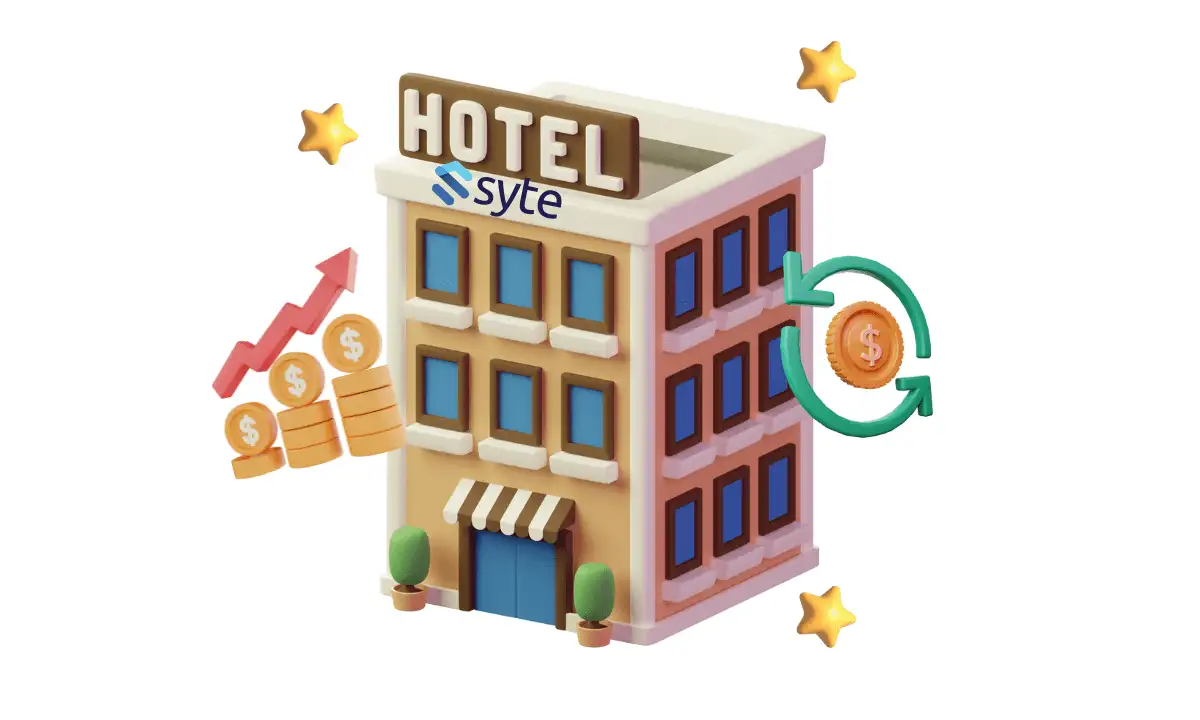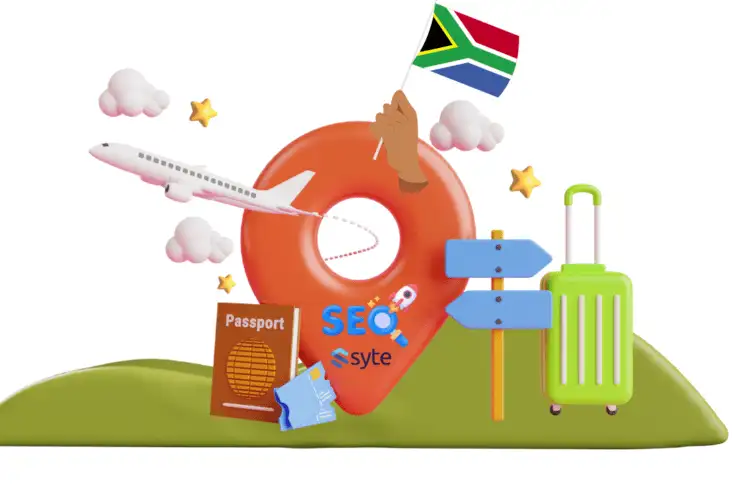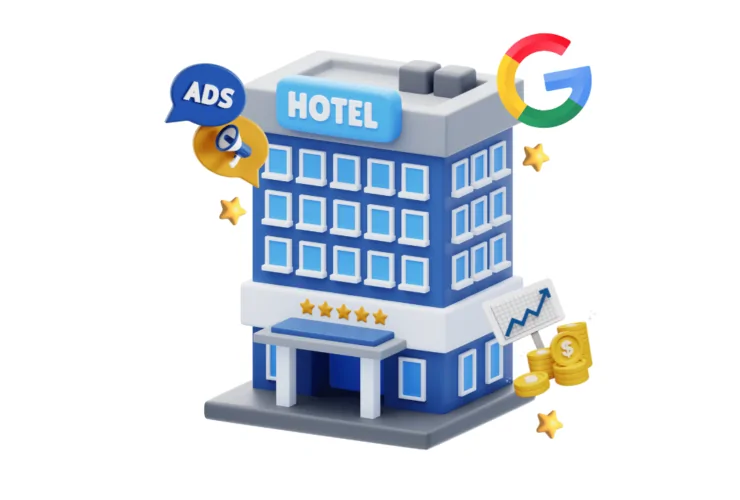In the fiercely competitive hospitality industry, hotel rate optimisation is a crucial strategy for maximising revenue. By strategically adjusting room rates based on market demand, competition, and guest behaviour, hotels can significantly enhance their revenue potential. This blog post delves into the core principles, strategies, and technologies that underpin effective hotel rate optimisation, providing valuable insights for hoteliers and hospitality professionals.
Core Principles of Hotel Rate Optimisation
Dynamic Pricing
At the heart of hotel rate optimisation is dynamic pricing, a strategy that involves adjusting room rates in response to real-time data. This data-driven approach considers various factors such as competitor prices, weather conditions, booking patterns, and customer segmentation to set optimal rates. Dynamic pricing ensures that hotels remain competitive and responsive to market changes.
Perishable Nature of Hotel Rooms
Hotel rooms are a perishable commodity; if a room is not sold for a particular night, the revenue opportunity is lost forever. Therefore, revenue managers must balance occupancy and revenue maximisation. This involves using a mix of distribution channels, such as online travel agencies (OTAs), global distribution systems (GDSs), and metasearch engines, to reach a broad audience and fill rooms efficiently.
Distribution Channels
Using different distribution channels is crucial for reaching potential guests. OTAs, GDSs, and metasearch engines play a significant role in expanding a hotel’s reach. By strategically managing these channels, hotels can optimise occupancy rates and revenue. It’s essential to ensure that room inventory is accurately reflected across all sales channels to prevent overbookings and maximise revenue opportunities.
Market Analysis and Competitor Pricing
Understanding Customer Behaviour
Market analysis is key to understanding customer behaviour and booking trends. By analysing data on customer preferences, booking patterns, and travel habits, revenue managers can make informed pricing decisions. This understanding allows hotels to tailor their offerings to meet the needs of different guest segments.
Competitor-Based Pricing
Competitor-based pricing involves analysing competitors’ prices to establish an optimal price range for the hotel. This strategy is not about copying competitors but understanding where the hotel’s prices fit within the market. By positioning themselves strategically, hotels can attract more guests and maximise revenue.
External Economic Factors
External economic factors, such as travellers’ budget restrictions and purchasing power, influence pricing strategies. During high-demand periods, standard rates apply, while in low-demand periods, hotels may offer deals for longer stays or other incentives to encourage bookings. Understanding these factors helps hotels adapt their pricing strategies to changing market conditions.
Forecasting and Data Analysis
Accurate Forecasting
Accurate forecasting is the backbone of effective revenue management. By analysing historical data on occupancy rates, room rates, and previous revenue, combined with current data on customer activity, revenue managers can predict future demand. This predictive analytics enables hotels to set appropriate prices, allocate resources efficiently, and anticipate high and low-demand periods.
Data Analysis
Data analysis is crucial for identifying patterns and trends. By tracking key performance indicators (KPIs) such as occupancy rates, number of rooms, revenue, and customer demand, hotels can make informed decisions about pricing strategies. For example, analysing cancellation rates and denials can help predict occupancy levels and room prices.
Tracking KPIs
Tracking KPIs like occupancy rates, revenue, and customer demand aids in strategic planning. By monitoring these metrics, hotels can identify areas for improvement and adjust their strategies accordingly. This data-driven approach ensures that hotels remain competitive and responsive to market changes.
Pricing Strategies
Segment-Based Pricing
Segment-based pricing involves setting different rates for different guest segments, such as leisure travellers, corporate clients, and tour groups. This approach ensures that prices meet the specific needs and price thresholds of each segment, maximising profits across all offerings.
Length of Stay Pricing
Offering discounts for longer stays can encourage occupancy during low-demand periods and generate additional revenue. This can also include setting minimum stay durations during high-demand periods, ensuring a steady flow of revenue.
Packages and Value-Added Pricing
Bundling services such as meals, spa treatments, or airport transfers at discounted rates can attract guests and increase booking value. Partnering with external providers can also enhance the guest experience and drive revenue.
Occupancy-Based Pricing
Occupancy-based pricing involves dynamic changes in room rates based on current occupancy rates. This strategy ensures a steady stream of revenue even during off-peak periods, allowing hotels to maximise their revenue potential.
Incentive-Based Pricing
Offering reduced prices or discount codes for direct bookings, rather than using other booking channels, can drive increased profitability. Incentives for future stays when guests refer new customers also encourage repeat business.
Technology and Automation
Revenue Management Systems
Technology plays a vital role in hotel rate optimisation. Revenue management systems and pricing tools provide live updates on booking trends, competitor rates, and market demand. These tools automate tasks such as adjusting pricing in real-time, recommending optimal room rates, and streamlining operational strategies.
Automation
Automating dynamic pricing strategies saves time and prevents revenue loss due to manual pricing inaccuracies. It also enables hotels to capture new revenue opportunities by adjusting prices based on real-time forecasts and competitor data.
Real-Time Pricing Adjustments
Real-time pricing adjustments based on forecasts and competitor data ensure that hotels remain competitive and responsive to market changes. This dynamic approach allows hotels to capitalise on every revenue opportunity.
Distribution Channel Management
Accurate Room Inventory Reflection
Effective distribution channel management is essential for maximising revenue. Hotels must ensure that room inventory is accurately reflected across all sales channels to prevent overbookings and optimise revenue opportunities.
Encouraging Direct Bookings
Encouraging guests to book directly through the hotel website reduces commission fees and builds stronger customer relationships. Direct bookings allow hotels to offer personalised experiences and incentives, enhancing guest satisfaction.
Building Stronger Customer Relationships
Building stronger customer relationships through direct bookings fosters loyalty and repeat business. By offering exclusive deals and personalised experiences, hotels can strengthen their connection with guests and drive revenue.
Ancillary Revenue and Guest Experience
Additional Revenue Opportunities
In addition to room rates, hotels can generate ancillary revenue through additional services and products. Offering dining experiences, spa treatments, and guided tours enhances the guest experience and increases booking value.
Dynamic Packaging
Dynamic packaging, which involves offering customised packages based on guest preferences and behaviours, can attract more guests and drive revenue. By tailoring offerings to meet individual needs, hotels can enhance the guest experience and maximise revenue.
Loyalty Programmes
Loyalty programmes are another effective way to increase repeat business and drive revenue. By providing exclusive deals or discounted rates to loyalty programme members, hotels strengthen relationships with existing customers and encourage repeat bookings.
Cancellation Policies and Upselling
Flexible Cancellation Policies
Flexible cancellation policies can encourage more bookings and improve overall guest satisfaction. Allowing customers to change reservations or having a flexible cancellation policy promotes positive guest experiences without negatively impacting revenue.
Upselling Strategies
Upselling strategies, such as promoting higher-priced accommodations or suggesting additional services, can boost total booking value. For example, offering suite upgrades or priority check-in when standard rooms are sold out can generate incremental revenue growth.
Suite Upgrades and Priority Check-Ins
Offering suite upgrades and priority check-ins as part of upselling strategies can enhance the guest experience and increase revenue. These value-added services provide guests with a premium experience, encouraging repeat business.
Maximising Midweek Bookings
Exclusive Packages
To optimise overall earnings, hotels can focus on maximising midweek bookings. Offering exclusive packages or enhanced services during these less busy periods can create a steady flow of revenue.
Partnerships with Local Businesses
Partnering with local businesses to offer cultural or culinary experiences can enhance the value of hotel room rates midweek. These partnerships provide guests with unique experiences, increasing the appeal of midweek stays.
Creating a Steady Revenue Stream
Creating a steady revenue stream during less busy periods is essential for maximising revenue. By offering exclusive packages and partnering with local businesses, hotels can attract more guests and maintain profitability.
Conclusion
Hotel rate optimisation is a complex and multifaceted process that requires a deep understanding of market dynamics, competitor pricing, and guest behaviour. By leveraging dynamic pricing, advanced forecasting techniques, and technology, hotels can maximise their revenue potential and maintain a competitive edge.
Effective rate optimisation involves a range of strategies, including segment-based pricing, length-of-stay pricing, and incentive-based pricing. It also necessitates efficient distribution channel management, the generation of ancillary revenue, and the enhancement of the guest experience through loyalty programmes and upselling.
In a highly competitive industry, mastering hotel rate optimisation is crucial for sustained profitability. By adopting a data-driven approach and automating pricing strategies, hotels can ensure they are always poised to optimise rates and capitalise on every revenue opportunity.
At Syte, we understand the complexities of hotel rate optimisation and offer tailored digital marketing solutions to help you succeed. Contact us today to learn how we can support your revenue management efforts and enhance your hotel’s profitability. Contact SYte



